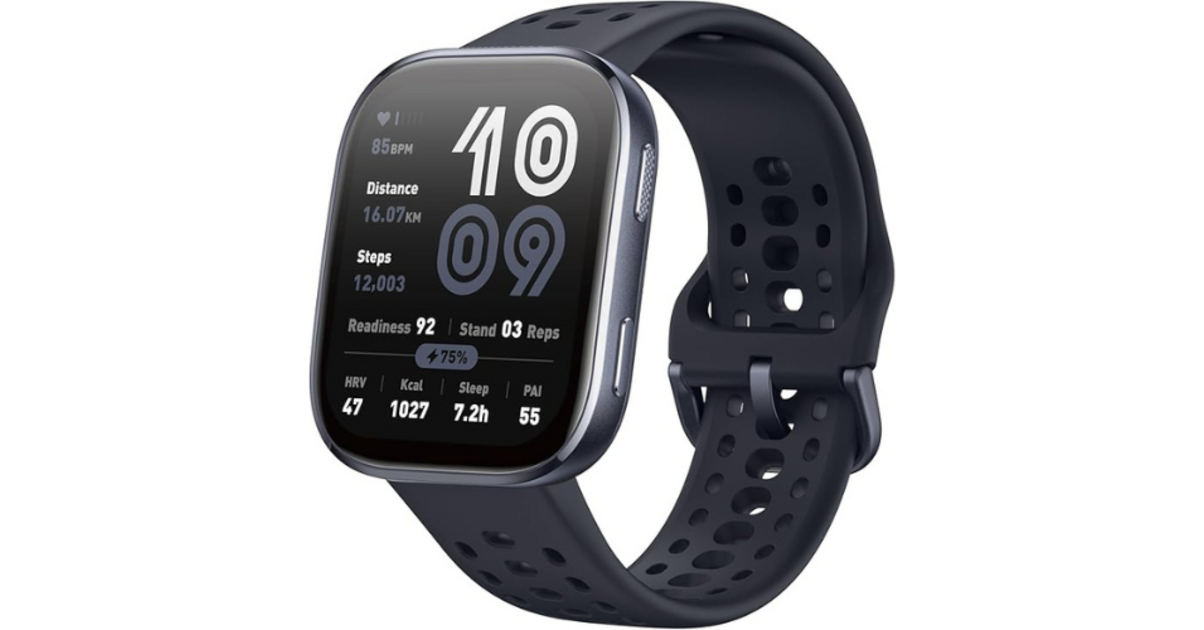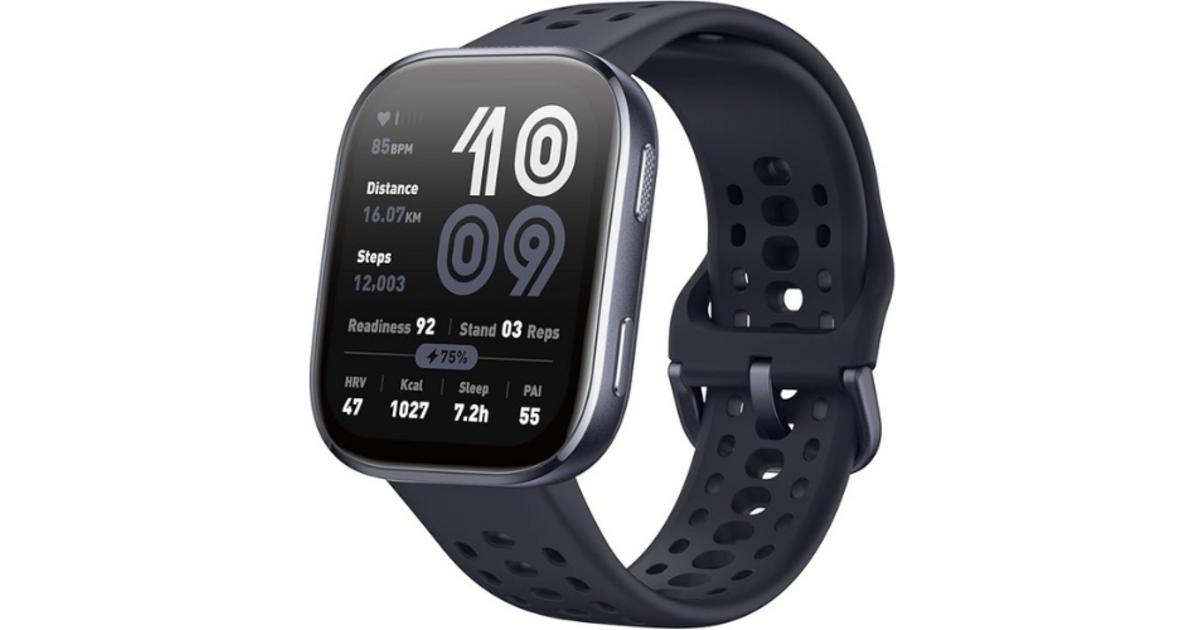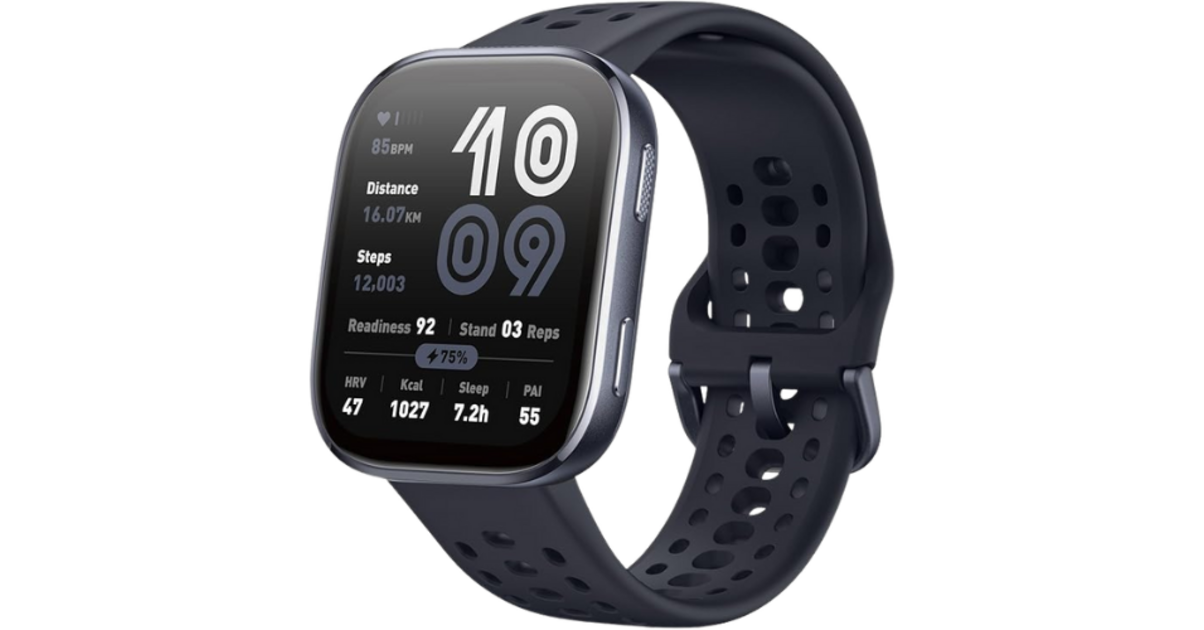Table of Contents
Two sub-counters, a dial that breathes, a functional elegance inherited from the good years of aviation and the paddocks: the bicompax chronograph speaks as much to the heart as to the eye. If collectors keep coming back to it, it is because it embodies a very pure idea of the chronograph, where form follows function and where design tells the story of a heroic era. Immersed in a very French obsession: the art of the bicompax.
Symmetry that reassures, readability that counts
The bicompax is first and foremost a silhouette. Two registers at 3 and 9 o’clock, like two eyes which balance the composition and release vast areas of “typographic white”. The result? A dial that breathes. You can read the time and chronometric information at a glance. The relative minimalism – small seconds on one side, minute totalizer on the other – gives this feeling of precise calm, contrary to the sometimes anxiety-provoking density of overloaded tricompaxes.
This carefully calibrated void highlights the typographies, the railway, the tachymetric or telemetric scale where applicable. There is, in a well-designed bicompax, a science of “negative space” dear to modernist graphics: each mark, each index, each number breathes in the right place.
From cockpits to paddocks: a living legacy
Before being a stylistic gesture, the bicompax is a tool. In post-war military aviation, the Type 20 specification favors immediate readability and the flyback function: two sub-counters are enough. We find them on the wrists of French or German pilots, at Hanhart in particular, and later in the reissues which revived their aura.
On the road, bicompaxes also accompany the great epic of gentlemen drivers. The two-counter Heuer Carrera from the 1960s (ref. 3647) achieves this mix of asceticism and nerve. Same philosophy at Universal Genève and its Uni-Compax, or at Longines with the legendary 13ZN: chronographs whose elegance is never decorative, but at the service of real use.

Desired mechanics: calibers that make the heart beat
The passion for bicompax also lies in the hand that operates the rocker. This precise “click” of a column wheel, this clear stroke of the pusher: so many sensations which differentiate a great chronograph. Historically, the Venus 175, Valjoux 22/23/92, Minerva 13-20 or Longines 13ZN have shaped the ideal of the two-counter. We love the mechanical choreography, the beauty of the bridges, and the possibility of careful restorations.
In the contemporary era, houses have understood the emotional value of the format: Lemania 2310 and its heirs at Patek Philippe or Vacheron Constantin deliver sublime interpretations in two registers; A. Lange & Söhne signs an 1815 Chronograph of narrative virtuosity; IWC perpetuates purity with the Portugieser Chronograph; Longines modernizes the spirit of the flyback with the Spirit; Hanhart reissues its 417 ES; and even micro-brands like Baltic make the archetype accessible with tradition-inspired column-wheel calibers.

The bicompax design, or the eloquence of restraint
A good bicompax can be recognized by the details: a well-hierarchical scale, fine but assertive hands, hollowed out or snailed registers which emphasize depth, indexes which catch the light. The mushroom or olive pushers tell the decade, the typography of the Arabic numerals locates the era, the smooth or tachymetric bezel dictates the use. This grammar of detail is the joy of collectors: to read a dial is to decipher a culture.
There is also the question of proportions. Two sub-meters often mean less thickness on the wrist, a more contained case, a balance which allows the 36 to 40 mm without losing presence. At a time when we are rediscovering the grace of reasonable sizes, the bicompax ticks all the boxes.
Some iconic landmarks
- Longines 13ZN: the nobility of an in-house caliber and the archetype of the 30s and 40s.
- Universal Genève Uni-Compax: the clear Milanese line, dear to aesthetes.
- Heuer Carrera 3647: the graphic rigor of Jack Heuer, born for racing.
- Hanhart 417 ES: the pilots’ tool, made famous outside the cockpit by Steve McQueen.
- A. Lange & Söhne 1815 Chronograph: the contemporary demonstration of the two-counter.
- Vacheron Constantin Cornes de Vache 1955: timeless chic, ideal proportions.
- IWC Portugieser Chronograph: maritime legibility and discreet modernity.
Why collectors are falling for it
- Instinctive readability: two pieces of information, no clutter, one look is enough.
- Soothing symmetry: a balanced design that ages well and crosses fashions.
- Authentic heritage: aviation, rally, field timing; a real story.
- Character movements: column wheels, flyback, finishes that speak to the soul.
- Exemplary portability: thin cases, contained diameters, impeccable fit on the wrist.
- Strong identity: an instantly recognizable style, from dressy to tool-watch.
- Durability: a stable rating, solid repairability on historic calibers.
A very current taste: the revenge of the two-meter
In a landscape saturated with complications and talkative dials, the bicompax offers a breath of fresh air. We look less for demonstration than for evidence: the right object, well made, at the right size. This return to cultivated simplicity explains the appetite for faithful reissues – without pastiche – and for contemporary creations which take up the original logic: a chronograph designed to be read, worn, loved and transmitted.
Perhaps this is why it captures the spirit of the times so well: in an age of overloaded screens, its design stands out. It reminds us that a watch can say everything without showing everything. And unlike express modes, beautiful symmetry, clear triggering, a well-designed timer make up a universal language. The bicompax is not a nostalgia; It’s a lesson in measurement. And collectors, who know that style is a matter of silence as much as of signs, are not mistaken.






